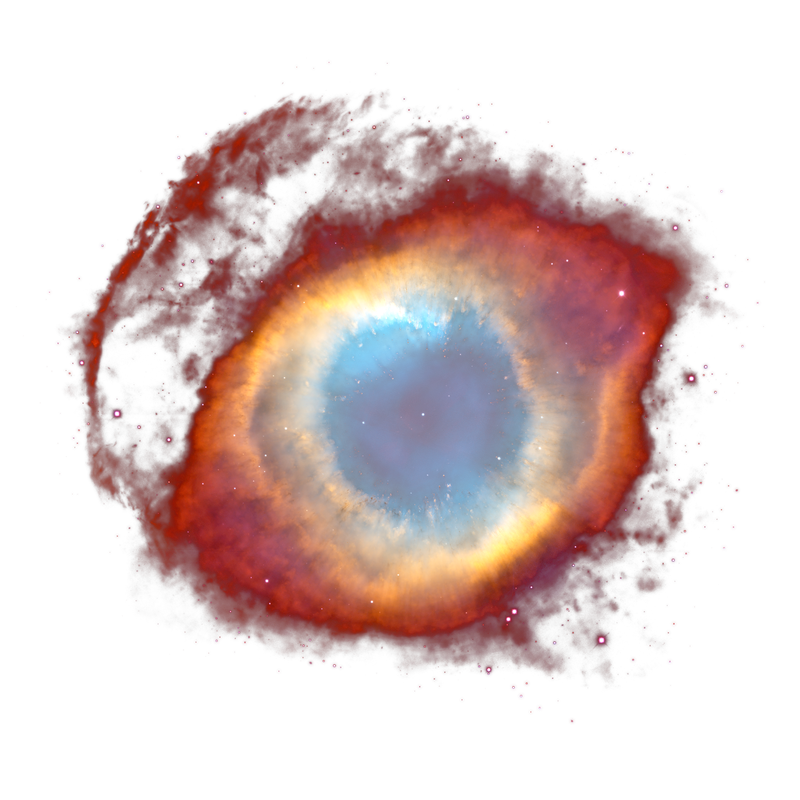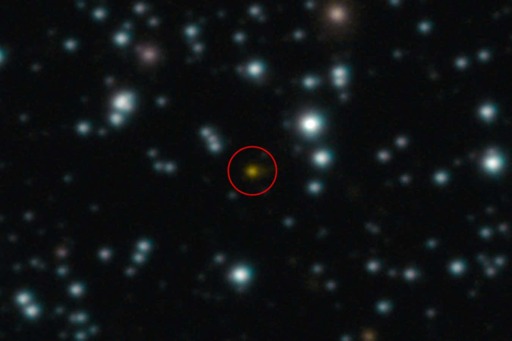A black hole that was eaten by a star seems to have gotten revenge by consuming the star from the inside, producing a gamma-ray burst spotted about 9 billion light-years from Earth.
The burst, called GRB 250702B, was first spotted by NASA’s Fermi Gamma-ray Space Telescope in July. Such bursts are bright flashes caused by jets fired out from energetic events, such as massive stars collapsing into black holes or neutron stars merging, and they usually last no more than a few minutes.
GRB 250702B, however, lasted for 25,000 seconds – or about 7 hours – making it the longest-known gamma-ray burst. Scientists had struggled to explain it, but Eliza Neights at NASA’s Goddard Space Flight Centre in the US and her colleagues now suggest an unusual and rare possibility.
I have dreams of this level of gluttony
Just when I thought I was out, they pull me back in
I mean… 7 hours isn’t that long. Especially depending on the size of the star that was consumed. Even the Sun’s light can take thousands of years to actually exit the sun. While sure, gamma rays should have an easier time exiting a star, 7 hours is still a fucking photograph flash to a stellar event…
(also who ever is surprised a black hole would win against ANY star is either playing a fool or fucking braindead)
Not disagreeing, but you’re oddly intense about this… you good champ?
Saying, “fuck” twice is hardly being intense.
Even the Sun’s light can take thousands of years to actually exit the sun.
The wording is not how light from our sun works… Unless you’re simplifying greatly. It’s not in a maze or some container that takes thousands of years to escape. The light is based on photons that are emitted via nuclear fusion then some mass being converted to energy/photons.
I’ve read that photons can bounce around (i.e. be absorbed and re-emitted) an estimated 40,000 years… but we all should understand that is a) an estimate and b) an estimate for the inner-most photons. Photons created via near-surface level areas of the sun may be emitted outward from the sun near-instantaneously.
All this to say that the light/photon(s) don’t/doesn’t start out as light. However, once a photon exists, it may be trapped for thousands of years due to the shear amount of mass trapping it and needing to be absorbed/re-emitted until space-bound!
Greatly simplifying, yes.
The point is the vast majority of stellar scale events are crazy slow compared to what we’d normally assume, because stars are insanely huge. 7 hours is still a flash in the pan.
The black hole didn’t just drop straight in. The sun was undoubtedly orbiting the black hole. It’d take time for the matter to even get close enough. 7 hours sounds crazy fast to me.
I guess that implies the force of a black hole is still the strongest that we’ve observed in the cosmos outside of pure light poles and electromagnetism seen shooting out of them, but it’s not so strong that it scales up infinitely.
Or maybe we just managed to see this one event from a good angle.
Utterly wrong. The entire point of a black hole is that it IS an infinity from our perspective. Not even light escapes. They break basically every mathematical model we have … because of infinities.
To a star, it IS infinite, and the fact you do not understand that is … alarming to say the least.
Why is that alarming, is this person a black hole engineer?
I can understand why it helps to think of black holes as an entirely mathematical concept, but it isn’t. Real life doesn’t have true infinities, only very large real numbers.
It IS an infinity … from our perspective.
Just because you don’t understand what those words mean doesn’t make me wrong.
Clearly not because infinity wouldn’t struggle with a finite amount of star mass.
The black hole didn’t struggle.
It took 7 hours to do what normally happens in minutes. It was Struggling like John Goodman trying to keep up with Fat Albert at the track.
How many samples defined “normal”?





